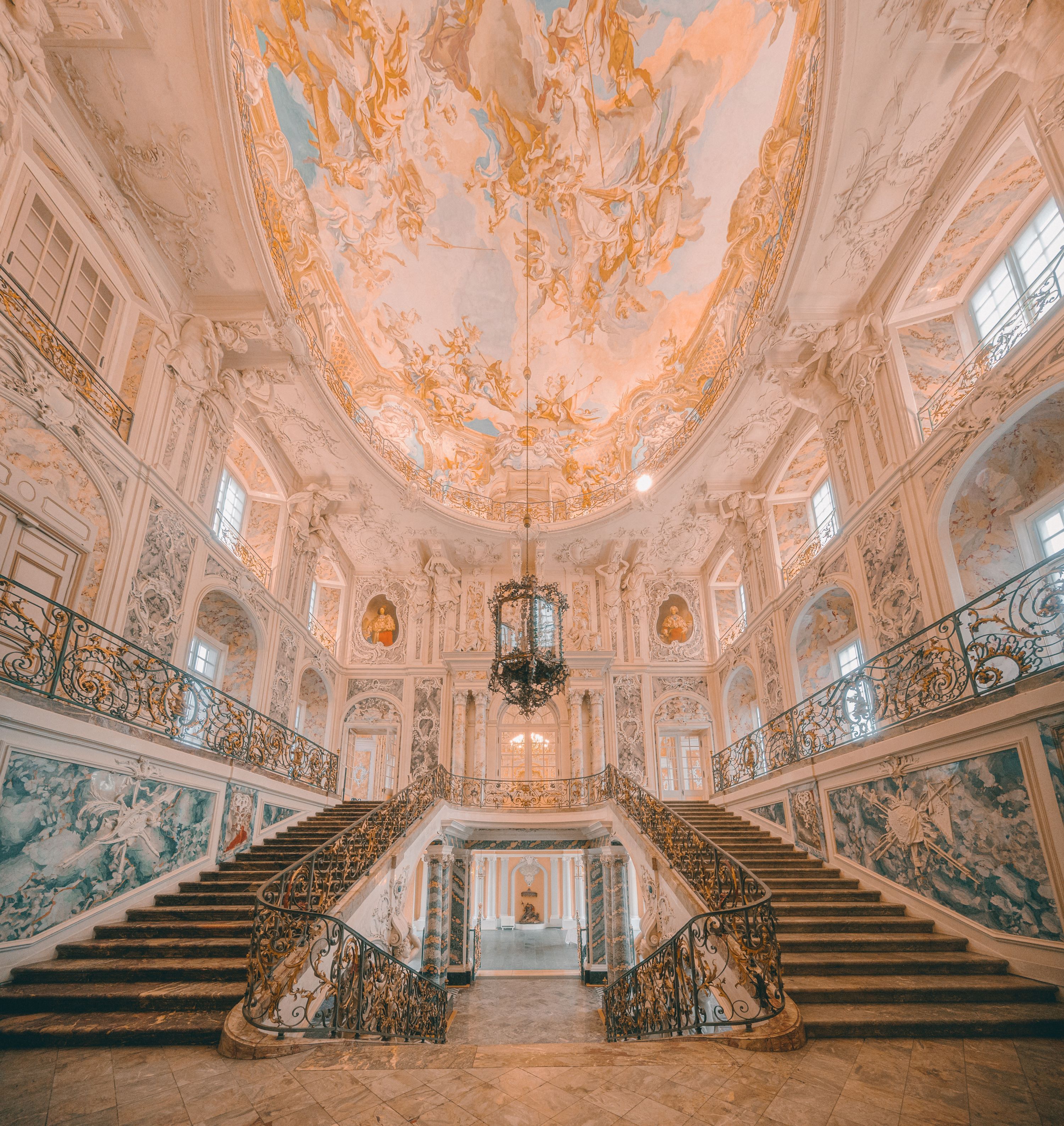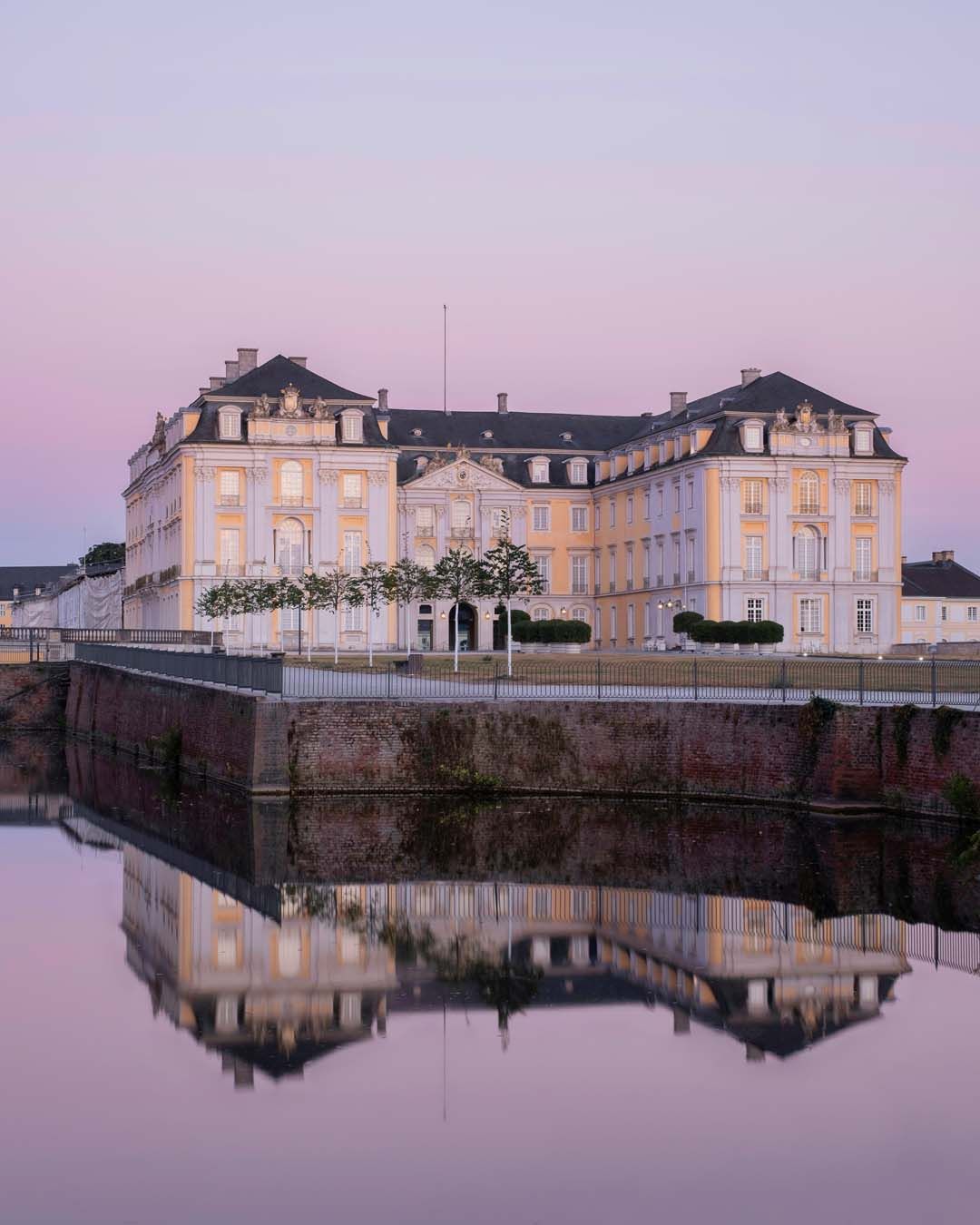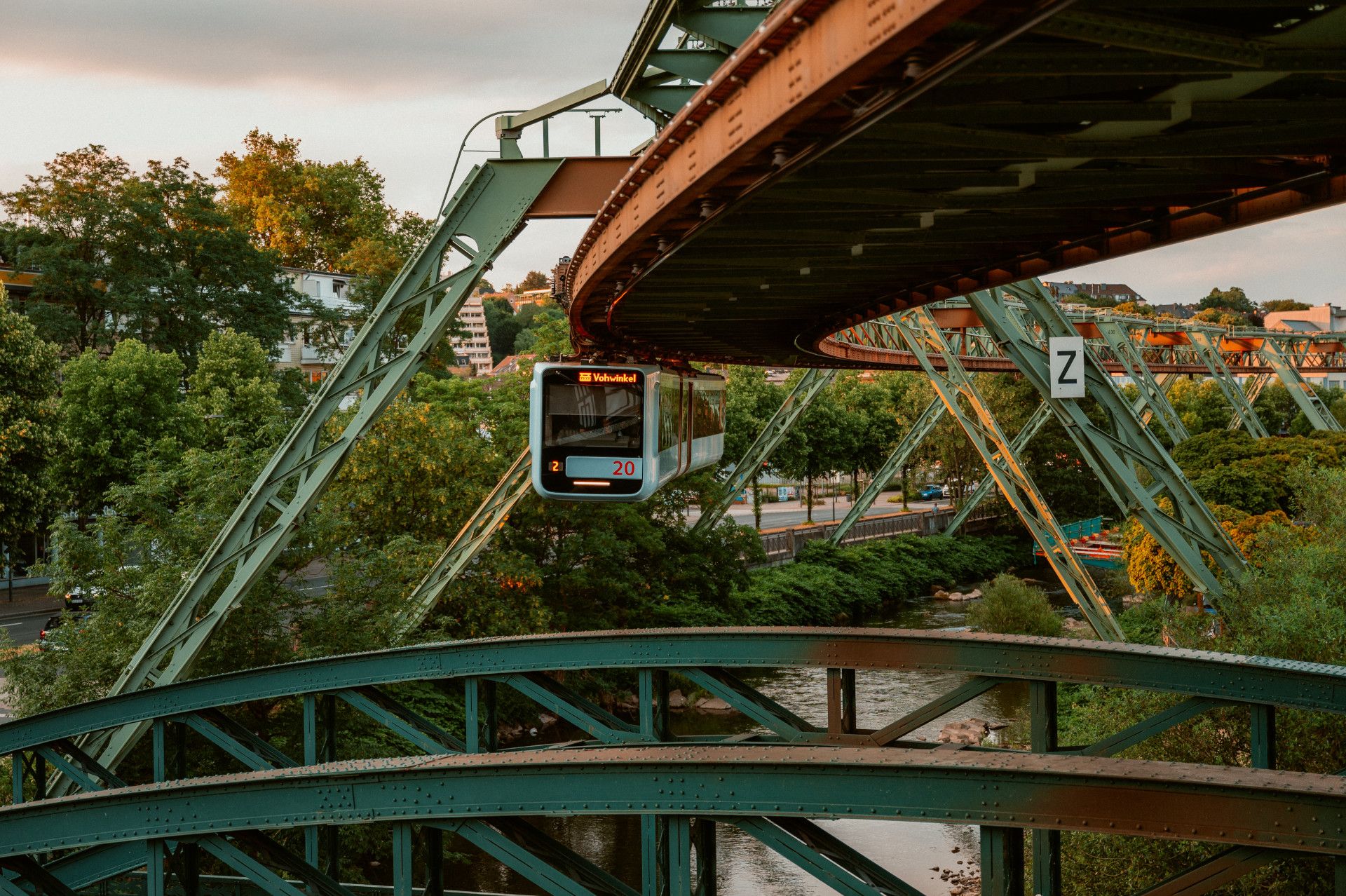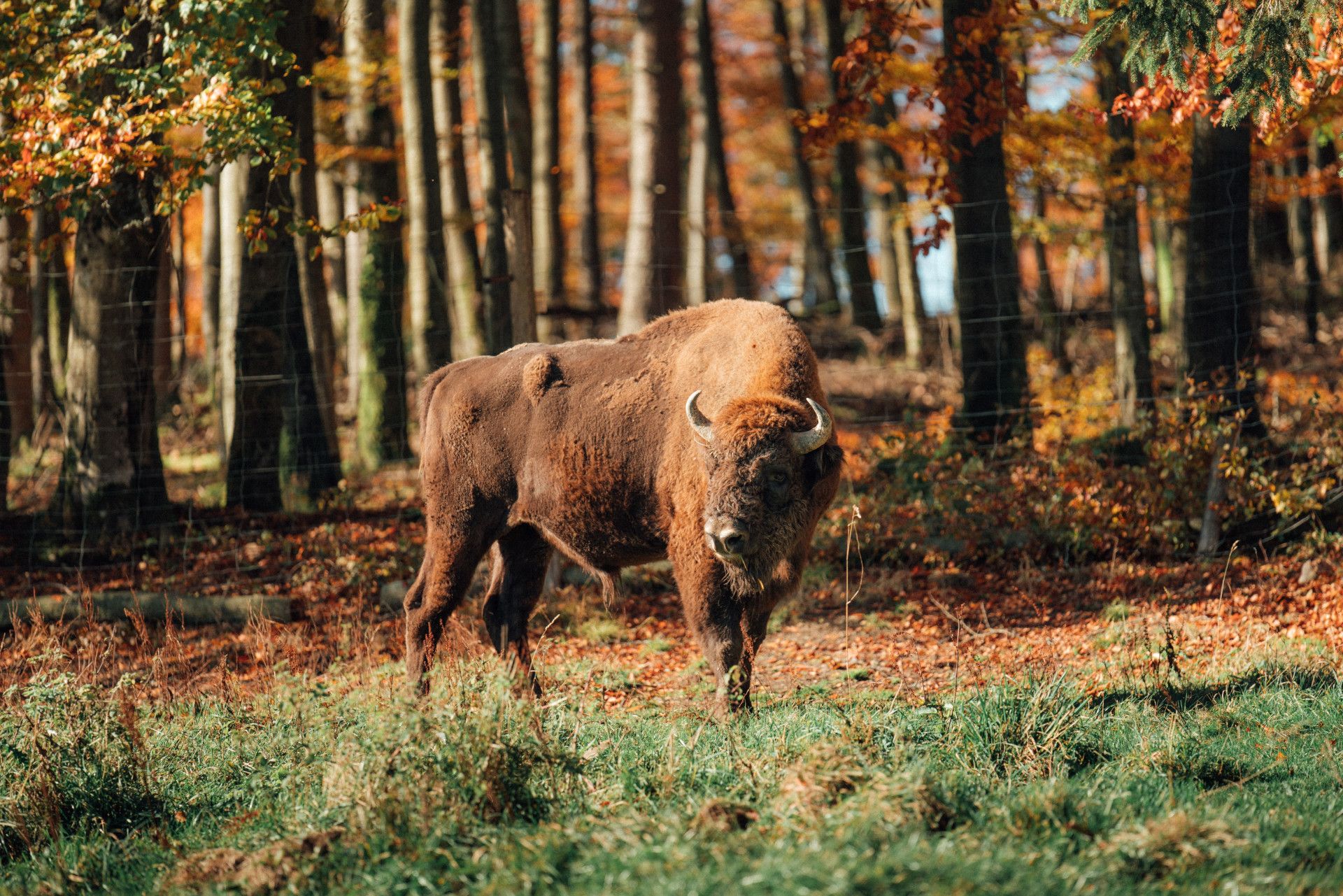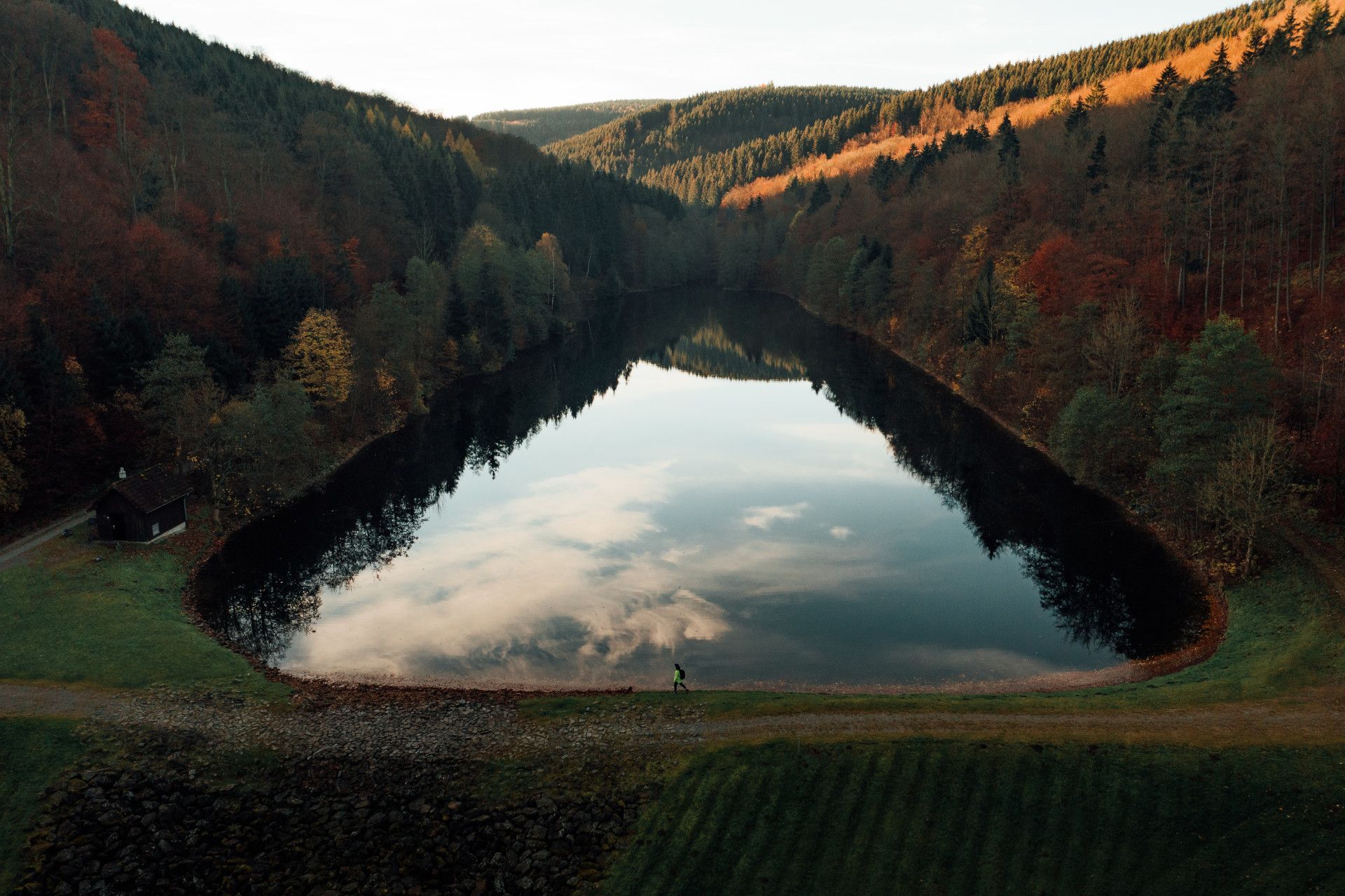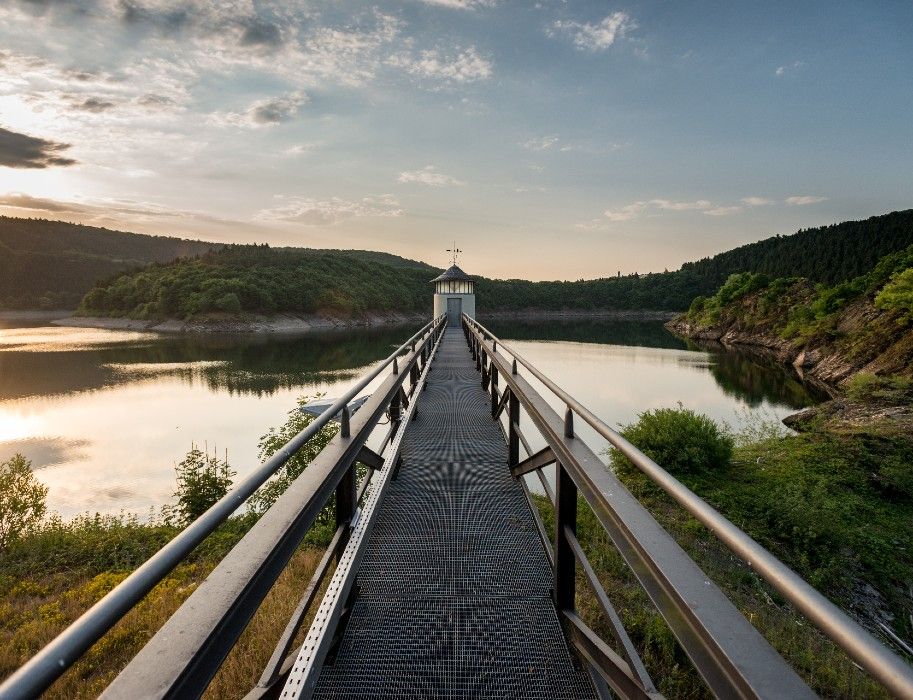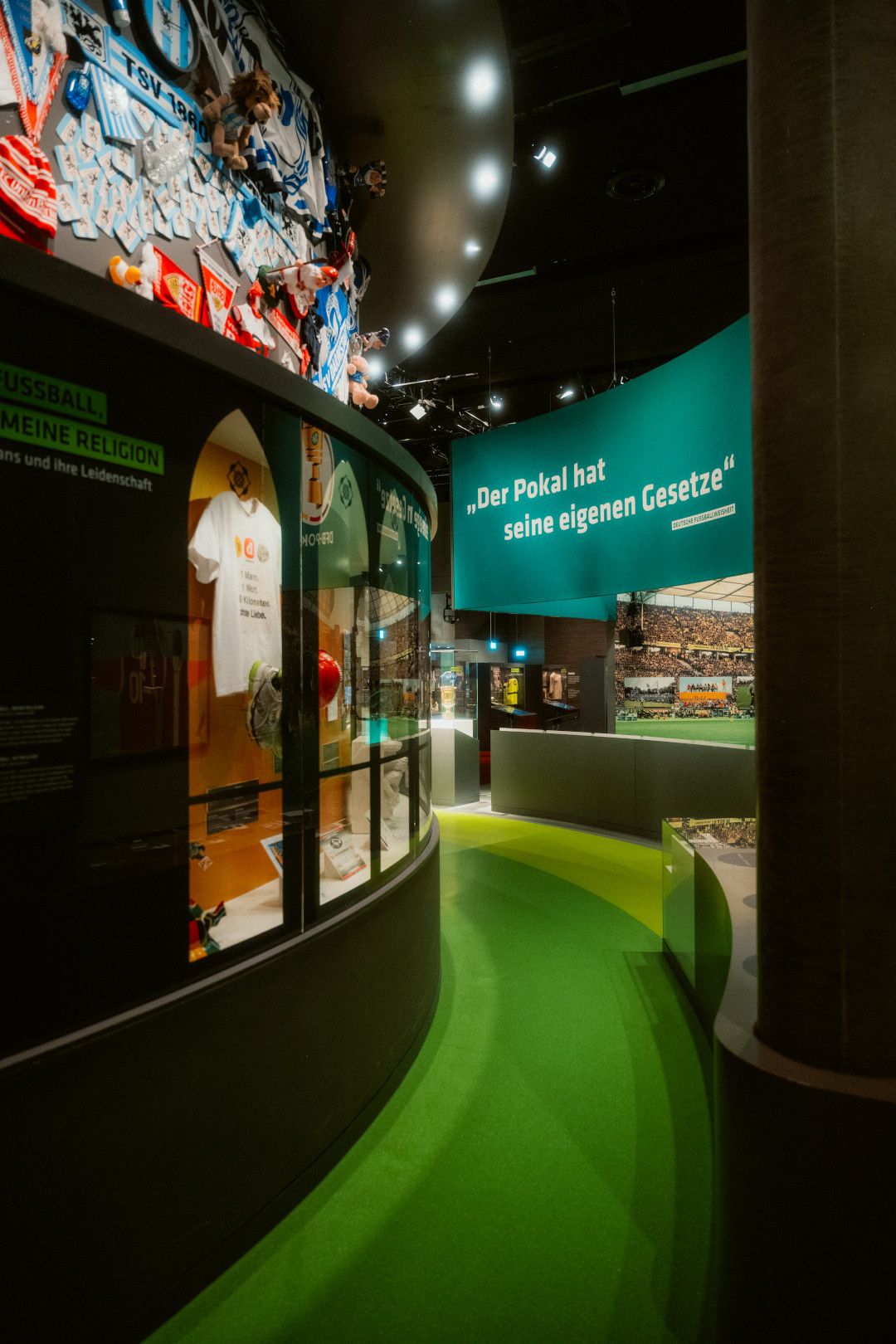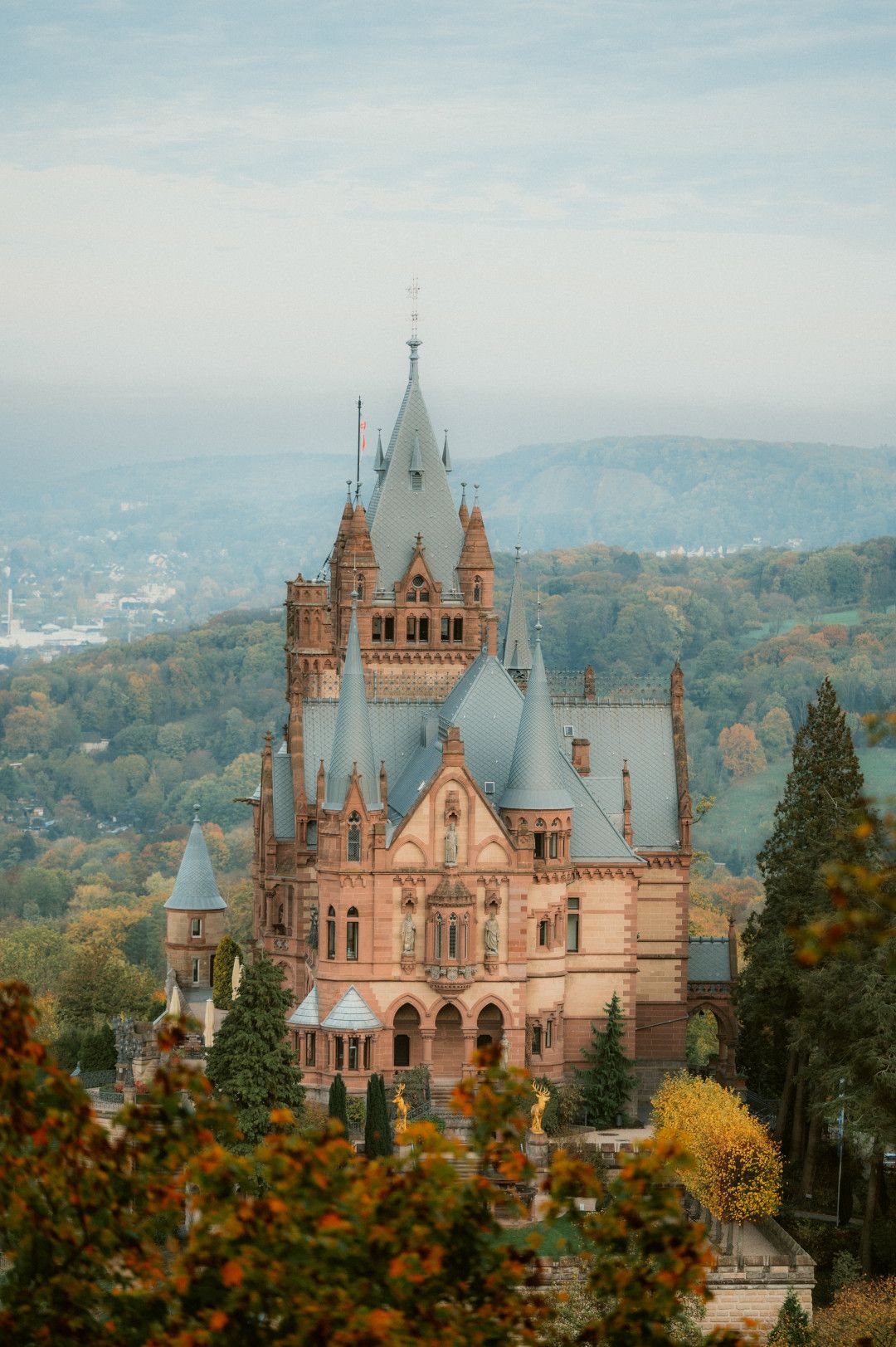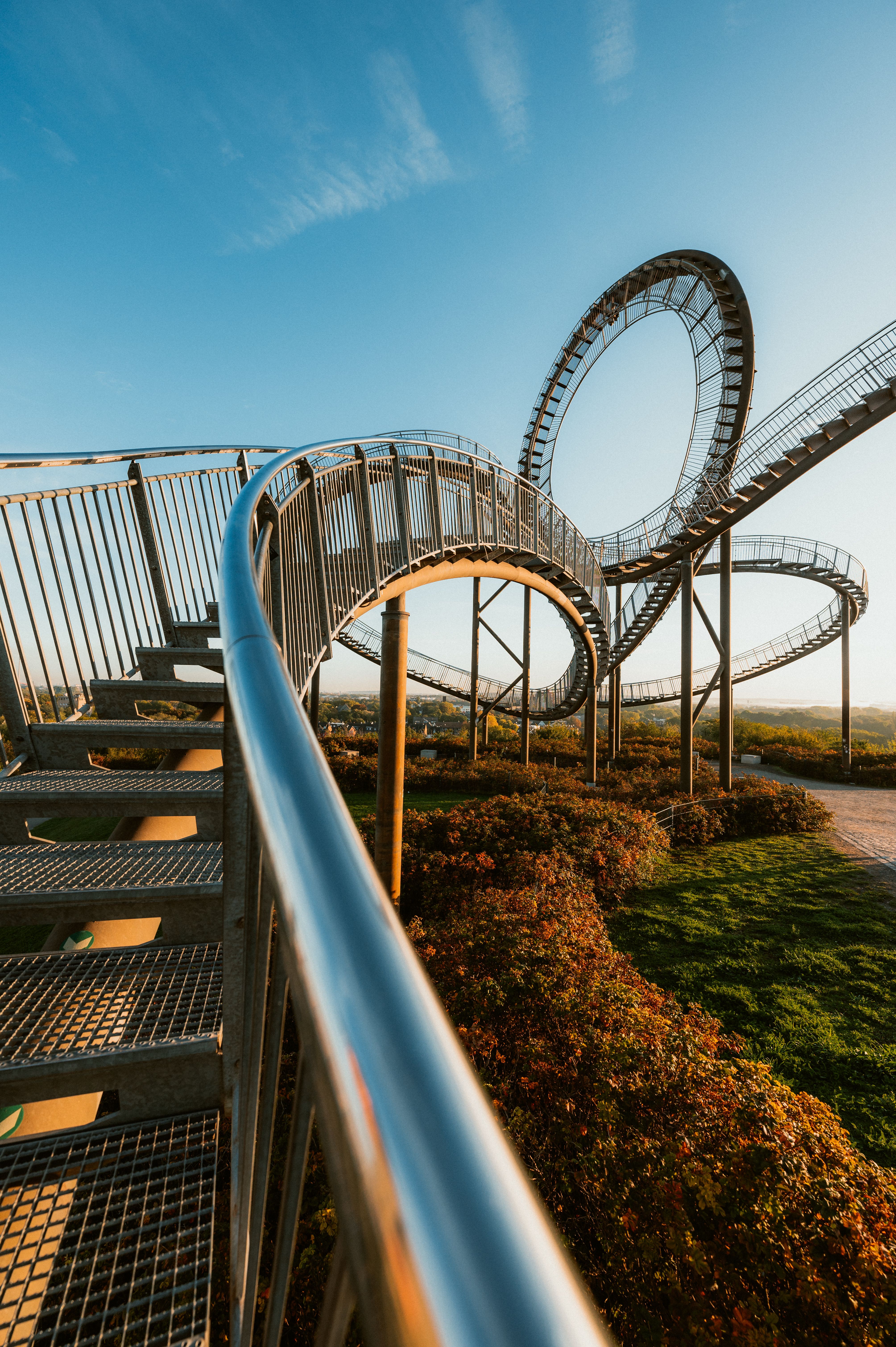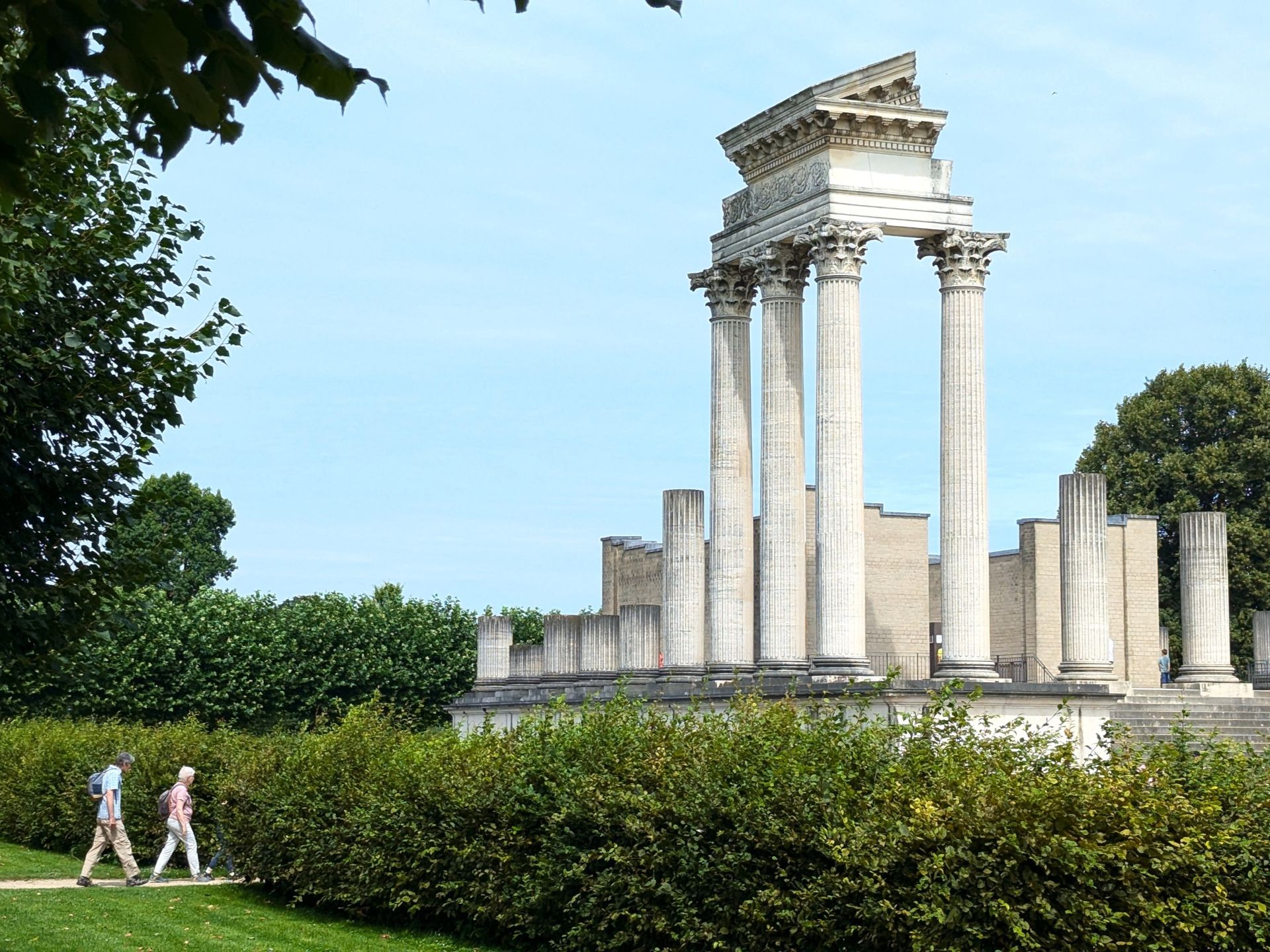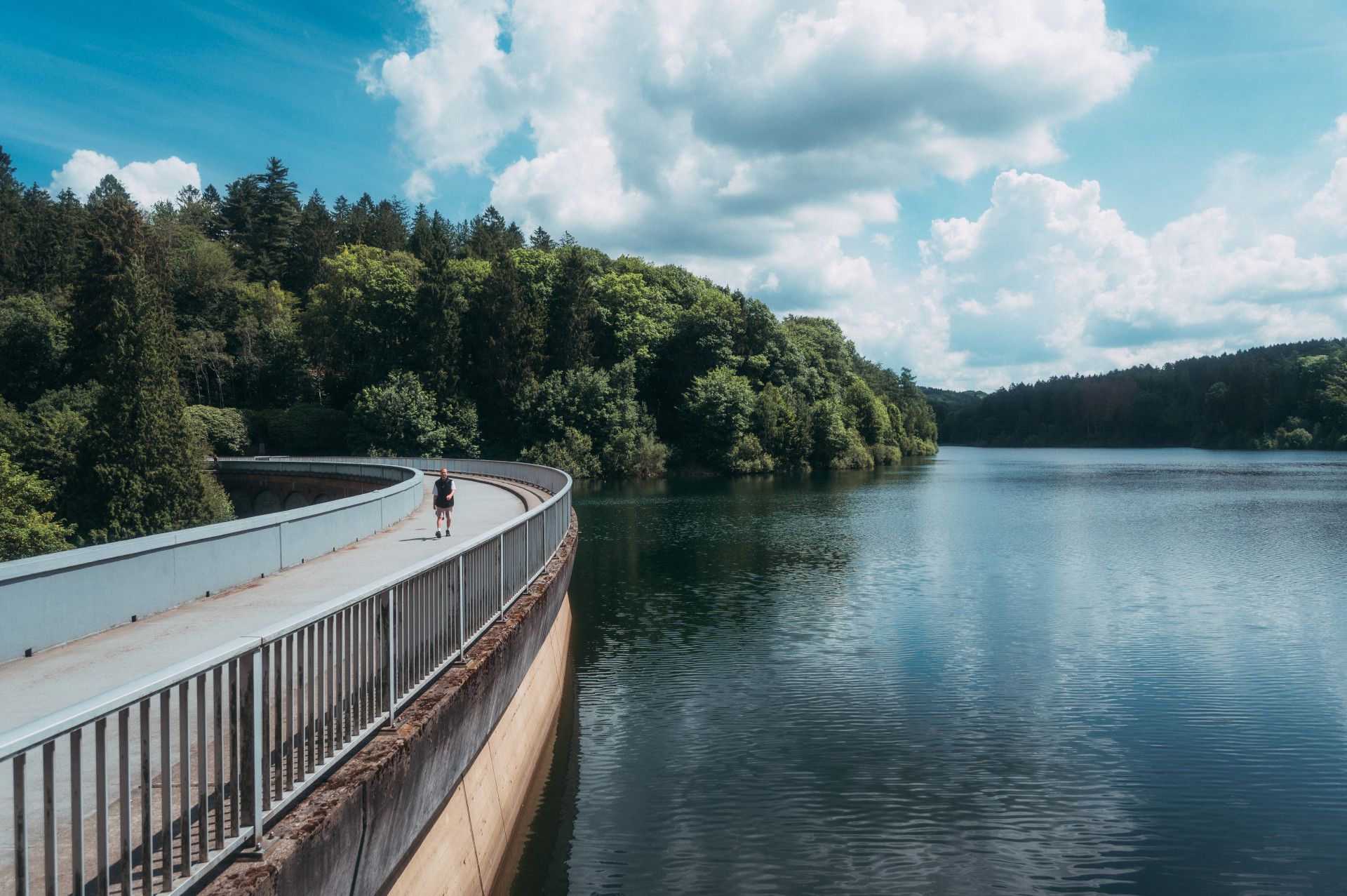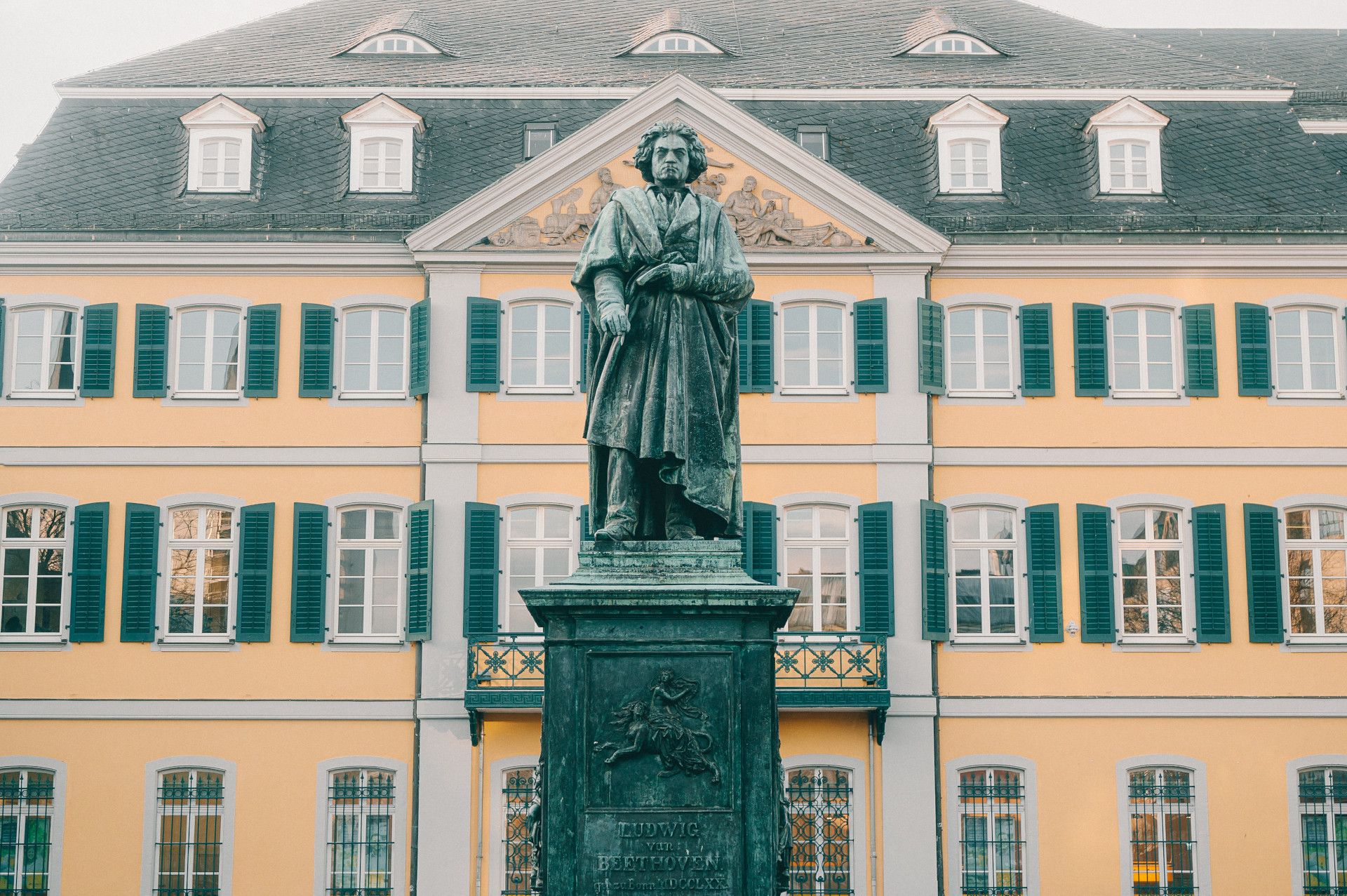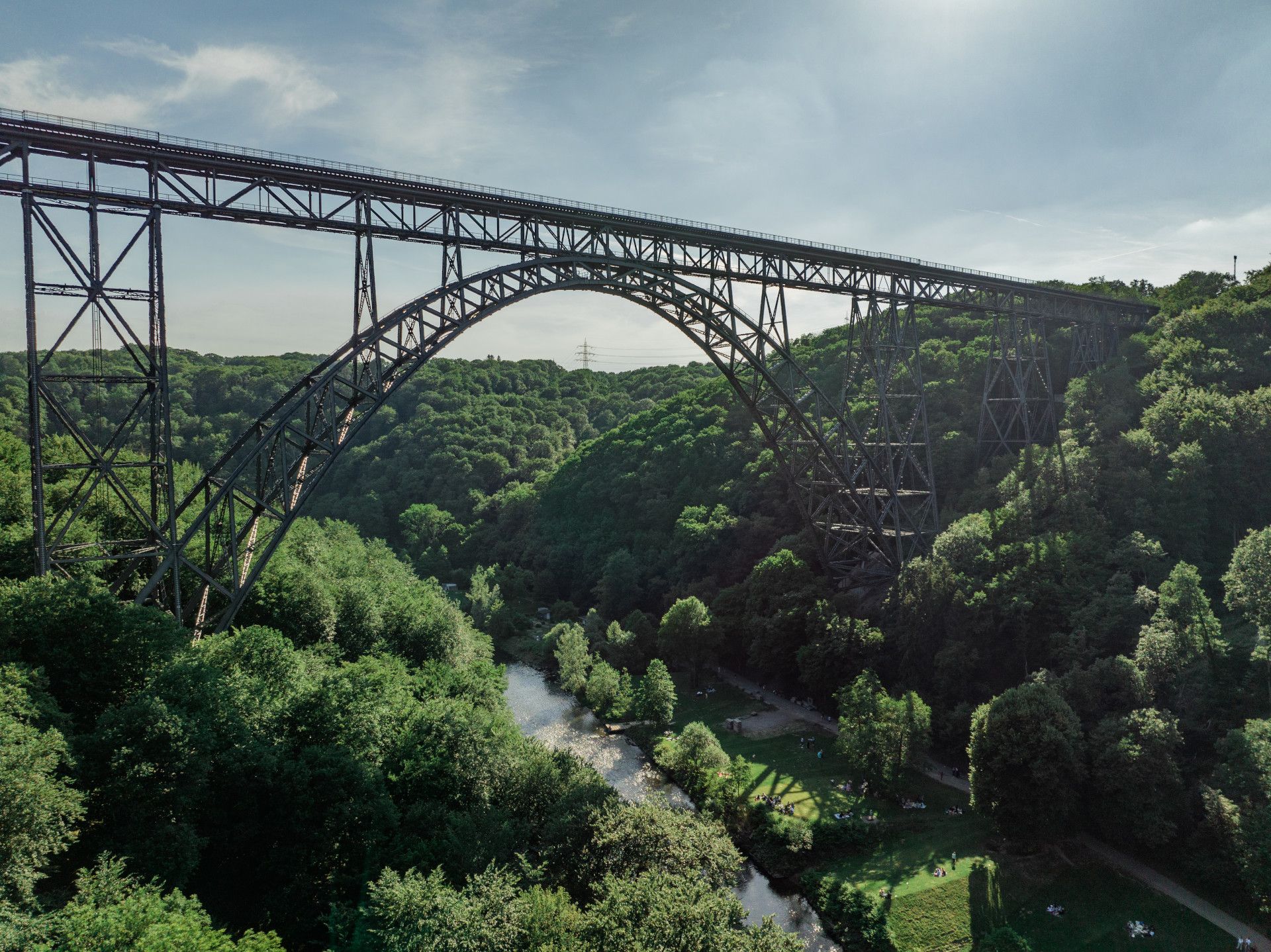The Romans left their mark in many places in NRW, and many relics from this period can still be found today, especially along the Rhine. Xanten on the Lower Rhine, for example, today a tranquil little town in the countryside, was once one of the largest metropolises in the Germanic provinces of Rome. On the site of the Roman city, the Xanten Archaeological Park, Germany's largest open-air archaeological museum, invites visitors on an excursion into 400 years of Roman history. Harbour temple, amphitheatre and the LVR Roman Museum with over 2500 exhibits.
In Cologne, various city tours take you past evidence of this era, such as the Praetorium, the governor's palace under the town hall or a section of Roman sewer. A huge relic of Roman architecture can be found between Nettersheim in the Eifel region and Cologne: the Roman Canal Hiking Trail follows the route of an ancient water pipe for around 100 kilometres, which has been preserved in many places to this day.
